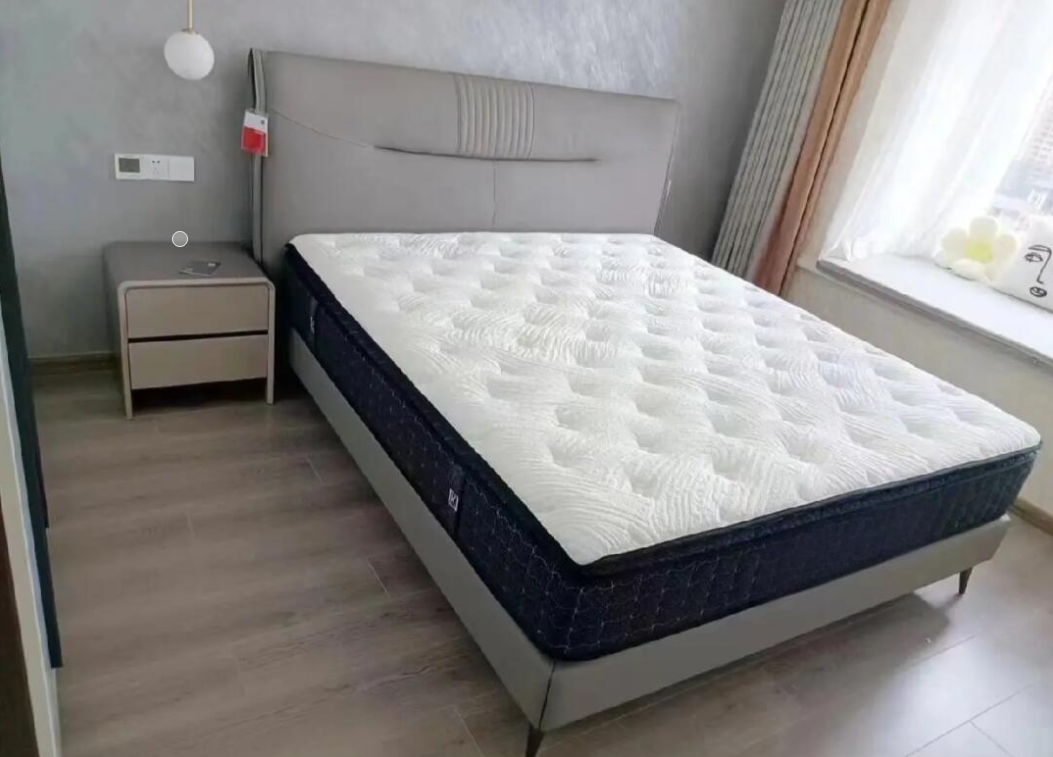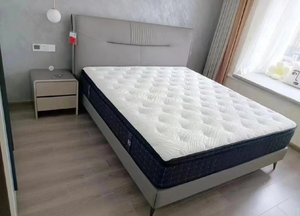
Inspection standards and inspection methods for mattresses Inspection and factory verification inspection certification services
Mattresses, as important household products that affect sleep quality and health, their quality directly relates to the comfort, support, and safety during use. To ensure that mattress products meet national quality standards and customer requirements, a full-process quality control system from raw materials, production processes to finished product delivery must be established. This article will, based on the structural characteristics and usage scenarios of mattresses, systematically introduce their classification, inspection items, inspection standards, and factory inspection review points, providing professional guidelines for quality inspectors, purchasers, and manufacturers.
I. Classification and Quality Concerns of Mattresses
(1) Classification by Fill Material and Structure
Spring mattress: The spring durability, uniformity of support, and rust prevention treatment need to be inspected.
Foam mattress: Key assessment criteria include density, resilience, and environmental protection and flame retardancy properties.
Palm mattress: Pay attention to the formaldehyde emission of the adhesive and the pest and mold prevention treatment
Latex mattress: The natural latex content, breathability and anti-aging performance need to be verified.
Hybrid material mattress: Comprehensive evaluation of the compatibility of each layer of materials and overall stability
(2) Classification by size and function
Standard sizes: single person, double person, large double person, etc. The size tolerance must comply with GB/T 3324-2017
Functional mattresses: Such as adjustable mattresses and smart mattresses, require additional testing of the durability of the motors and the sensitivity of the control.
II. Inspection Standards and Basis for Inspection of Mattresses
(1) Main Standards and Specifications
GB/T 26706-2011 Soft Furniture - Mattresses
GB 18401-2010 National Technical Specifications for Basic Safety of Textile Products (Fabrics)
GB 18587-2001 Limitations of Hazardous Substances in Interior Decoration and Furnishing Materials - Mattresses
QB/T 1952.2-2011 Soft Furniture - Spring Soft Mattress
Enterprise technical agreement and special requirements of purchase orders (such as the European and American flame retardant standard CAL 117)
(2) Key Points of Factory Audit
Quality Management System
Does it have ISO 9001 quality system certification? Are there complete records of incoming material inspection (IQC) and process inspection (IPQC)?
Whether the key raw materials such as springs, foams, and fabrics can be traced back to the supplier's batches and whether material test reports are provided
Production process control
Spring quenching process parameters, control of sponge foaming density, and inspection records for the accuracy of the quilting process
Standardized management of adhesive coating quantity and curing time
Product safety and environmental protection
Does the fabric pass the flame retardant test (such as the British BS 7177)?
Has the filler been tested for harmful substances such as formaldehyde and TVOC (please provide SGS/CTI reports)?
III. Finished Product Inspection Items and Methods
1. Appearance and Craftsmanship Inspection
Fabric surface: No damage, stains, color differences, and the stitching patterns are aligned without any deviation.
Edge treatment: The stitches are evenly distributed without any jumps, and the edge band is tightly stretched without any slack.
Identification labels: Product information, ingredient labels, and safety warnings should be sewn firmly and clearly legible.
2. Dimension and Structural Compliance
Overall dimensions: Tolerance range for length, width, and height is ±10mm (in accordance with GB/T 3324)
Surface flatness: When placed on a horizontal platform, the maximum depression is ≤ 5mm
Symmetry: The height difference between the two sides of the mattress is ≤ 10mm (available for both sides)
3. Performance and Durability Testing
Permanent deformation of the bedding material under compression: After being compressed under standard loads, the rebound rate is ≥ 90%
Spring durability: After simulating 100,000 uses, the spring does not break and the height change rate of collapse is ≤ 10%
Edge durability: Apply the specified load to the edge, and there should be no collapse or deformation of the framework.
Flame retardant performance (if applicable): No flame spread observed during cigarette smoldering test.
4. Safety and Environmental Testing
Stability Test: The mattress is placed on the base, with no risk of sliding or overturning.
Toxic substance testing: Formaldehyde emission ≤ 0.05mg/m²·h (in accordance with GB 18587)
Sharp edges and tips: The metal components of the mattress have no sharp edges, meeting the EN 1725 standard.
IV. Sampling Plan and Decision Rules
Sampling standard: According to ISO 2859-1/ANSI Z1.4, a single sampling plan is adopted, with a normal inspection level.
Defect Classification:
Critical Defects: Spring protrusion, non-compliant flame retardancy, excessive formaldehyde content, etc. - These are safety risks.
Major Defects: Obvious collapse, fabric damage, size deviations, etc., which affect functionality and sales.
Minor Defects: Minor stains, loose threads, skewed labels, etc., which do not affect the functionality.
AQL Acceptance Criteria:
Serious defect: 0
Main defect: 1.5
Minor defect: 4.0
Quality inspection criteria: Zero tolerance for severe defects. Major and minor defects are judged according to the AQL standard.
V. Packaging, Labeling and Storage/Transport Requirements Packaging Specifications
The inner packaging is sealed with PE bags to prevent moisture, and the outer box is equipped with protective corners to prevent collision.
The roll-packaged bed needs to be verified for its dimensional stability and functional integrity after the roll compression recovery process.
Logo and documents
The product must be permanently sewn with a label indicating the fabric type, filling material type and proportion.
For each batch of goods, a certificate of conformity, a durability test report and a chemical safety test report must be provided.
Storage and transportation conditions
The warehouse should be well-ventilated and dry, and should be protected from direct sunlight. The stacking height should not exceed the specified limit.
The transportation vehicles must have rain-proof measures and it is strictly prohibited to mix them with chemicals.
VI. Common Quality Issues and Improvement Suggestions
Typical Defects: Strange sounds from the springs, fabric fading, edge collapse, excessive glue smell
Process control points: It is recommended to set control points for CTQ (Critical to Quality) at positions such as spring heat treatment, sponge cutting, and fabric quilting.
Factory inspection improvement direction: Introduce durability automated testing equipment and establish SPC statistical process control for key processes
Summary
As a household product that is used for a long period of time, the quality consistency of mattresses relies on strict raw material control, process specifications, and factory inspections. Through systematic factory audits and shipment inspections, combined with multi-dimensional tests such as appearance, structure, durability, and safety and environmental protection, the risk of customer complaints can be significantly reduced. It is recommended that purchasers focus on reviewing the quality system and testing capabilities of suppliers when choosing them, and conduct pre-production sample confirmation before mass production to ensure that the products meet the standards of the home furnishing industry and the health and safety requirements of users.
分享这个商品

Inspection standards and inspection methods for mattresses Inspection
Mattresses, as an important household product that affects sleep quality and health, their quality directly determines the comfort and safety during use.
